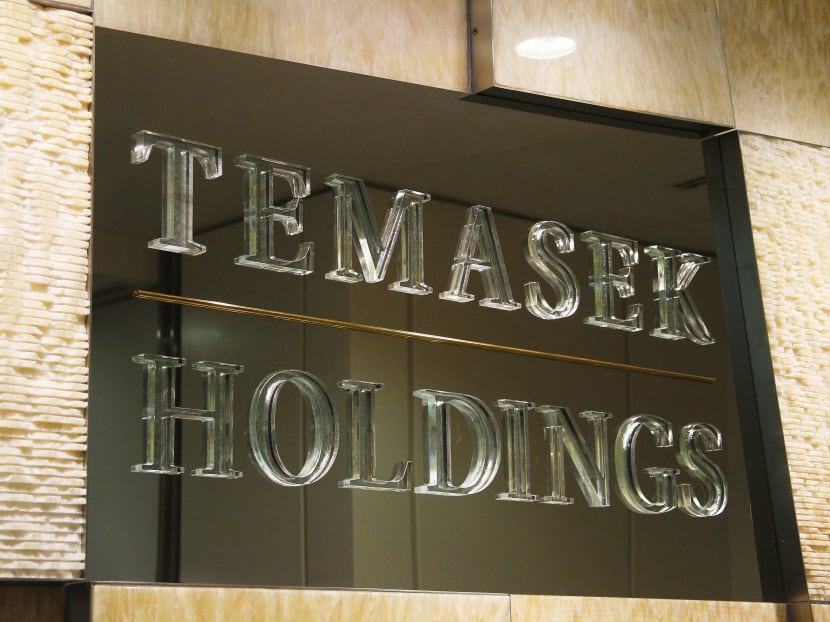Local firms to gain from merger of Temasek-JTC units
SINGAPORE — The planned merger of four subsidiaries under Temasek Holdings and JTC Corp does not just mean big money for the combined entity eyeing a slice of the lucrative Asian infrastructure market — estimated at US$8 trillion (S$10 trillion) between 2010 and 2020 — but also for local companies in related industries looking to ride on the spin-off benefits.

The combined Temasek-JTC entity could bid for bigger infrastructure projects in Asia. Today File Photo
SINGAPORE — The planned merger of four subsidiaries under Temasek Holdings and JTC Corp does not just mean big money for the combined entity eyeing a slice of the lucrative Asian infrastructure market — estimated at US$8 trillion (S$10 trillion) between 2010 and 2020 — but also for local companies in related industries looking to ride on the spin-off benefits.
Companies across the engineering, energy, transport, water and sanitation, and integrated township planning sectors, among others, should be gearing up for bigger roles as the demand for infrastructure mounts with the rapid pace of urbanisation in this part of the world, industry experts said.
“The global infrastructure demand is tremendous, with fast-growing opportunities for Singapore companies, especially in Asia,” said Mr Kow Juan Tiang, group director for environment and infrastructure solutions at International Enterprise (IE) Singapore. There will be an additional 1.4 billion urban inhabitants in Asia by 2050, IE Singapore estimated.
“Due to the scale and complexity of infrastructure projects, there are many roles along the value chain companies can partake in. There are growing opportunities for them to participate directly in areas such as project development, engineering, procurement and construction, as well as the operation and management of infrastructure assets,” said Mr Kow.
“They can also play a supporting role in technical, financial and legal advisory, structuring, debt and equity financing, as well as asset management, if the projects are eventually listed as real estate or business trusts,” he added.
Last week, the two government-owned companies said they were looking to merge Temasek’s Singbridge Group and Surbana International Consultants with JTC’s Ascendas and Jurong International Holdings into a combined entity that could bid for bigger infrastructure projects in Asia.
The four companies employ about 4,000 staff and generate an estimated S$1.2 billion in annual revenue in total.
“(The merger) will give our local enterprises a second wind,” said associate professor of finance Annie Koh from Singapore Management University. She noted that when these companies take on projects, they usually engage the services of many small and medium enterprises (SMEs). These SMEs should prepare to scale up to projects that are bigger than before, she added.
Besides industrial parks — which Singapore has had many years of international development experience in, such as the China-Singapore Suzhou Industrial Park that broke ground 20 years ago — other types of projects will emerge.
Assoc Prof Koh said that in China, for instance, there will be opportunities to “build around” the second-tier cities such as Tianjin and Wuhan. She pointed out there are many such cities with populations of slightly more than five million.
“China does not want people to flock to just Beijing and Shanghai. They want to make the other cities sustainable too, so workers can work, live and play there. Roads and rail will need to be built. They might even want to build new, smaller ports, which will require expertise in design and eco-systems, logistics and warehousing,” she said.
It will take five to 10 years to build one sustainable city, she added.
Mr Victor Tay, chief operating officer of the Singapore Business Federation (SBF), said: “Our members see opportunities in Asia, Africa, Middle East, as well as Central and Eastern Europe. They have participated in many of the SBF’s outbound missions to countries where rapid urbanisation and economic development are taking place.”
Dr Willie Tan, associate professor at the National University of Singapore’s School of Design and Environment, said one of Singapore’s strengths would be in integrated township planning. He said projects to be undertaken would probably involve small, satellite cities.
“This is something we have an advantage in. We can offer integration services, infrastructure planning, waste management, water and transport — areas we are strong in,” he said.
“We are also good at financing and legal, insurance and project services. After the project, we can also go in, in terms of facilities management, something else we are very strong in,” he said, adding that the projects are likely to be public-private partnerships.
But are companies here, grappling with productivity issues and a labour crunch at home, ready for the next wave?
Many are already engaged in projects overseas, industry players say.
“Singapore companies have extensive experience and capabilities across the value chain, including in master planning, engineering, procurement and construction, system integration and operations. Many are already exporting these services and have participated in projects overseas,” said Mr Tay.






